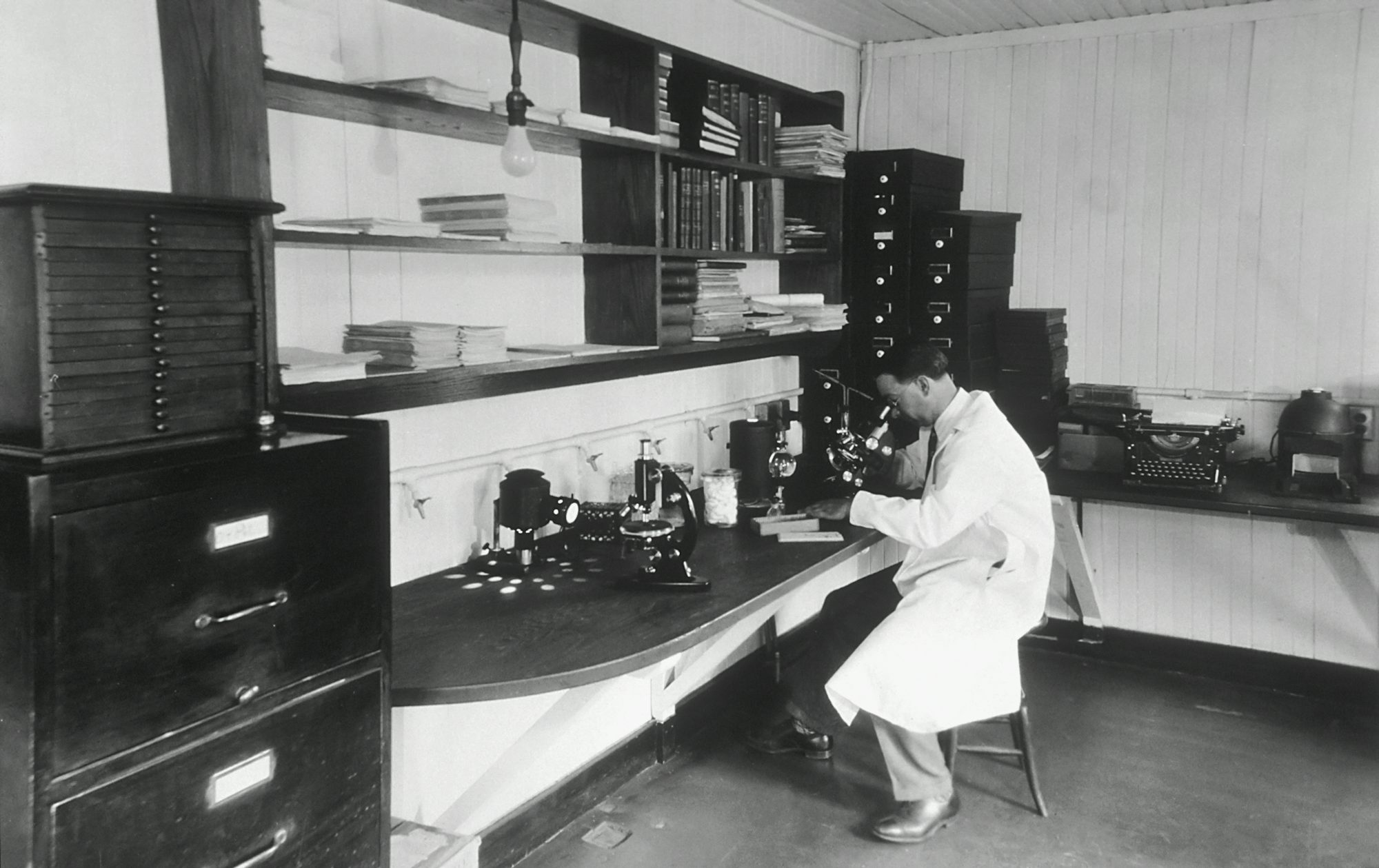
The Art of Mindfulness: prediabetes Cultivating Presence in Everyday Life
Mindfulness is more than just a buzzword; it is a powerful practice that encourages individuals to be fully present in the moment, cultivating awareness of thoughts, feelings, and surroundings. As life becomes increasingly fast-paced and filled with distractions, the art of mindfulness offers a pathway to greater clarity, focus, and emotional well-being. This article delves into the essence of mindfulness, its myriad benefits, and practical techniques for incorporating it into daily life, ultimately enhancing overall quality of living.
At its core, mindfulness is rooted in ancient meditation practices, particularly within Buddhist traditions. It involves observing one’s thoughts and feelings without judgment, fostering a non-reactive state of awareness. This practice can be beneficial in a variety of settings, from managing stress to improving relationships. The beauty of mindfulness lies in its simplicity; it encourages individuals to return to the present moment, which is often overlooked in our busy lives.
The benefits of mindfulness are extensive and well-documented. Research has shown that regular mindfulness practice can lead to reduced stress levels, improved focus and concentration, enhanced emotional regulation, and increased overall well-being. By training the mind to observe thoughts without becoming entangled in them, individuals can create a buffer against the pressures of daily life. This can lead to greater resilience in the face of challenges, as well as a heightened sense of peace and contentment.
One of the primary advantages of mindfulness is its ability to reduce stress. In today’s world, stress is a common experience, often arising from work demands, personal responsibilities, and external pressures. Mindfulness practices, such as meditation and deep breathing, can help individuals manage stress by promoting relaxation and encouraging a sense of calm. By focusing on the breath or engaging in body scans, individuals can cultivate a greater awareness of their physical and emotional states, allowing them to respond to stressors with clarity rather than reactivity.
In addition to stress reduction, mindfulness can enhance focus and concentration. In an age of constant distractions—whether from smartphones, social media, or a busy work environment—maintaining focus can be a challenge. Mindfulness training encourages individuals to practice sustaining attention on a single task, which can improve productivity and creativity. Techniques such as mindful listening and mindful eating further promote focus by encouraging individuals to engage fully with their experiences, enhancing enjoyment and satisfaction in the process.
Emotional regulation is another significant benefit of mindfulness. By fostering awareness of thoughts and feelings, individuals can learn to observe their emotional responses without being overwhelmed by them. This increased emotional intelligence allows for healthier coping mechanisms and improved interpersonal relationships. Mindfulness encourages compassion, both for oneself and for others, paving the way for deeper connections and understanding in personal and professional relationships.
To reap the benefits of mindfulness, integrating it into daily routines is essential. Fortunately, there are many practical techniques that individuals can adopt to cultivate mindfulness in their lives. One of the most accessible methods is the practice of mindful breathing. Setting aside just a few minutes each day to focus on the breath can ground individuals in the present moment. By paying attention to the inhalation and exhalation, one can create a sense of calm and clarity that can carry throughout the day.
Mindful meditation is another effective technique that involves dedicating time to sit in silence and observe one’s thoughts and feelings. Beginners can start with just five to ten minutes a day, gradually increasing the duration as they become more comfortable. Guided meditations, available through apps and online resources, can also provide support for those new to the practice. Finding a quiet space, closing the eyes, and focusing on the breath or a specific mantra can enhance the meditation experience.
Incorporating mindfulness into everyday activities can also be a powerful way to practice presence. Engaging in mindful walking, for instance, encourages individuals to focus on the sensation of each step, the feeling of the ground beneath their feet, and the sights and sounds of their environment. Similarly, practicing mindful eating involves slowing down during meals to savor each bite, noticing the flavors and textures of the food. This not only enhances the eating experience but also fosters a greater appreciation for nourishment.
Another avenue for cultivating mindfulness is through journaling. Writing about thoughts and feelings can provide clarity and insight, helping individuals process their emotions and experiences. Setting aside time each day to reflect on one’s thoughts or gratitude can promote a sense of mindfulness and self-awareness, reinforcing positive emotions and reducing stress.
Creating a mindful environment can further support mindfulness practices. Reducing clutter, incorporating natural elements, and minimizing distractions in one’s living space can create a more serene atmosphere conducive to mindfulness. Adding elements such as plants, calming colors, and comfortable seating can enhance the experience, making it easier to engage in mindful practices.
While the benefits of mindfulness are profound, it’s important to approach the practice with patience and self-compassion. Mindfulness is a skill that develops over time, and individuals may encounter challenges along the way. It’s common for the mind to wander during meditation or for distractions to arise in daily life. Acknowledging these moments without judgment and gently bringing focus back to the present is an integral part of the mindfulness journey.
In conclusion, mindfulness offers a transformative approach to living a more present and fulfilled life. By cultivating awareness of thoughts, feelings, and surroundings, individuals can enhance their emotional well-being, reduce stress, and improve overall quality of life. Through practical techniques such as mindful breathing, meditation, and integrating mindfulness into everyday activities, anyone can embark on a journey toward greater presence and clarity. Embracing the art of mindfulness not only enriches personal experiences but also fosters deeper connections with others, ultimately leading to a more meaningful and balanced existence.

